Table of Contents
>ph8
Instagram is an photo and video sharing social networking service owned by Meta Platforms. It allows users to upload media that can be edited with filters, be organized by hashtags, and be associated with a location via geographical tagging.
Posts can be shared publicly or with preapproved followers. Users can browse other users’ content by tags and locations, view trending content, like photos, and follow other users to add their content to a personal feed.A Meta-operated image-centric social media platform, it is available on iOS, Android, Windows 10, and the web. Users can take photos and edit them using built-in filters and other tools, then share them on other social media platforms like Facebook. It supports 32 languages including English, Spanish, French, Korean, and Japanese
ばあさんたち」といえば、かーどをするひともいるが、「それ以上に」といえば、かーどをするひとをみるひともいる。
たいじなのは、じぶんをだすこと…すぐに。それがけいけんのしんぷるならいぶもちーふだ。 ph8にはたかいりそうやぐたいてきなもくてきはない。それは、すべてのひとががぞう、てきすと、いべんと、およびこうきしんをきょうゆうするためのおーぷんなこんてなであり、がぞうのじゅんすいなじっけんです。
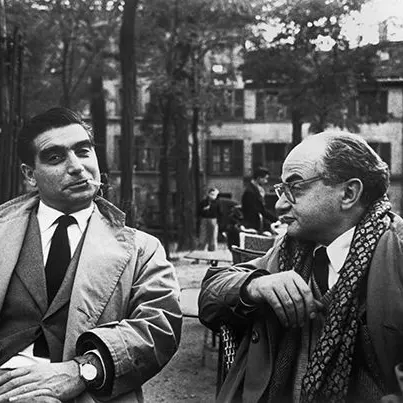
Magnum Photos
Magnum Photos is an international photographic cooperative owned by its photographer-members, with offices in New York City, Paris, London and Tokyo. It was founded in 1947 in Paris by photographers Robert Capa, David “Chim” Seymour, Maria Eisner, Henri Cartier-Bresson, George Rodger, William Vandivert, and Rita Vandivert. Its photographers retain all copyrights to their own work.
Founding of agency
Magnum was founded in Paris in 1947 by Robert Capa, David “Chim” Seymour, Henri Cartier-Bresson, George Rodger and William Vandivert (all photographers), Rita Vandivert and Maria Eisner, based on an idea of Capa’s. (Seymour, Cartier-Bresson and Rodger were all absent from the meeting at which it was founded. In response to a letter telling him that he was a member, Rodger wrote that Magnum seemed a good idea but, “It all sounded too halcyon to be true,” when Capa had told him of it and, “I rather dismissed the whole thing from my mind”.)
Rita Vandivert was the first President, and head of the New York office; Maria Eisner the head of the Paris office. The plan was for Rodger to cover Africa and the Middle East; Cartier-Bresson to cover south and east Asia; Seymour and William Vandivert to cover Europe and the United States, respectively; and Capa to be free to follow his curiosity and events.
Magnum is one of the first photographic cooperatives, owned and administered entirely by members. The staff serve a support role for the photographers, who retain all copyrights to their own work.
The Magnum cooperative has included photojournalists from across the world, who have covered many historical events of the 20th century. The cooperative’s archive includes photographs depicting family life, drugs, religion, war, poverty, famine, crime, government and celebrities.
くうはく
“Empty Spaces” is a song by the English rock band Pink Floyd. It appears on the 1979 album The Wall. It contains a backmasked message.
Composition
The song is in the key of E minor, and is two minutes, eight seconds in length. It features a long introductory section, with solo guitar and a repetitive drumbeat, and an airport announcement, as a reference to Pink heading for a concert tour. The song reaches a climax of tension, at which point Roger Waters plays a descending blues scale over the minor dominant, B minor, cueing the start of the vocals. Roger Waters sings a short verse, ending on the phrase “How shall I complete the wall?” This track shares a backing track with “What Shall We Do Now?”, sped up from D to E, with new guitar and vocals. The last beat introduces the next song, “Young Lust”.
Hidden message
Directly before the lyrical section, there is a hidden message isolated on the left channel of the song. When heard normally, it appears to be nonsense. If played backwards, the following can be heard:
–Hello looker…
–Congratulations, You have just discovered the secret message.
–Please send your answer to Old Pink, care of the Funny Farm, Chalfont…
–Roger, Carolyne’s on the phone!
–Okay.
Roger Waters congratulates the listener for finding this message, and jokes that they can send their answer to “Old Pink” (being either a reference to Syd Barrett, or a foreshadowing of Pink’s eventual insanity), who lives in a funny farm (a term to describe a psychiatric hospital) somewhere in Chalfont. Before he can reveal the exact location, however, he gets interrupted by producer James Guthrie in the background who says Carolyne (Waters’ then wife) is on the phone.
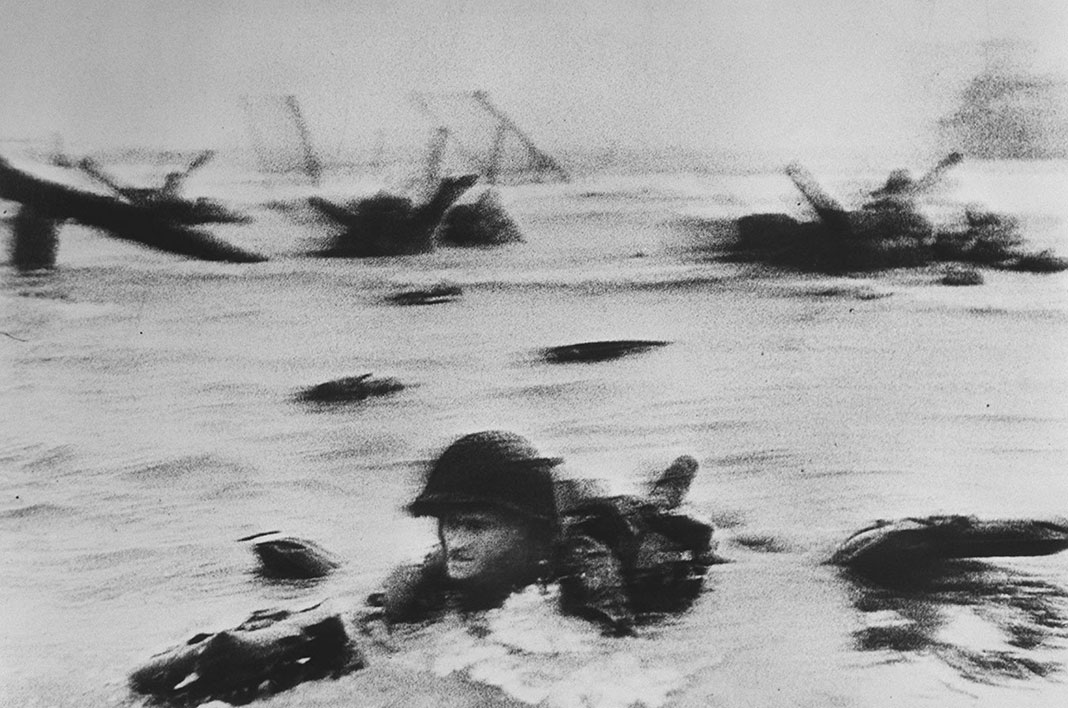
The Magnificent Eleven
The Magnificent Eleven are a group of photos of D-Day (6 June 1944) taken by war photographer Robert Capa. Capa was with one of the earliest waves of troops landing on the American invasion beach, Omaha Beach. Capa stated that while under fire, he took 106 pictures, all but eleven of which were destroyed in a processing accident in the Life magazine photo lab in London, although the accidental loss of the remaining negatives has been disputed. The surviving photos have since been called the Magnificent Eleven. The pictures have been widely celebrated, and Steven Spielberg is said to have been inspired by them when filming Saving Private Ryan.
Taking the pictures
Magnum was founded in Paris in 1947 by Robert Capa, David “Chim” Seymour, Henri Cartier-Bresson, George Rodger and William Vandivert (all photographers), Rita Vandivert and Maria Eisner, based on an idea of Capa’s. (Seymour, Cartier-Bresson and Rodger were all absent from the meeting at which it was founded. In response to a letter telling him that he was a member, Rodger wrote that Magnum seemed a good idea but, “It all sounded too halcyon to be true,” when Capa had told him of it and, “I rather dismissed the whole thing from my mind”.)
Taking the pictures
Capa came ashore with the men of the 16th Infantry Regiment of the 1st Infantry Division on 6 June 1944 (D-Day) in an early wave of the assaults on Omaha Beach (reported variously as the “first wave” or thirteenth, though just an hour behind the first wave). He used two Contax II cameras mounted with 50 mm lenses and several rolls of spare film, and returned to the United Kingdom within hours in order to meet a publication deadline for Life magazine’s next issue.
Missing pictures
According to Capa, he took 106 pictures in the first two hours of the invasion. Capa returned with the unprocessed films to London, where a staff member at Life made a mistake in the darkroom; he set the dryer too high and melted the emulsion in the negatives in three complete rolls and over half of a fourth roll. Only eleven frames in total were recovered. Accounts differed in blaming a fifteen-year-old lab assistant named Dennis Banks, or Larry Burrows, who would later be known for his photography but worked in the lab at this time.
Historian and critic A. D. Coleman has suggested that this famous and widely disseminated story is implausible, because (among other things) the temperatures used by such driers would not have been hot enough to melt or set fire to film. He claims instead that Capa might have only stayed on the beach long enough to make the ten surviving exposures and then left.
Towards the end of his life, Capa’s former editor, John Morris, conceded that the story may be false, saying: “It’s quite possible that Bob just bundled all his 35 [mm film rolls] together and just shipped it off back to London, knowing that on one of those rolls there would be the pictures he actually shot that morning.”
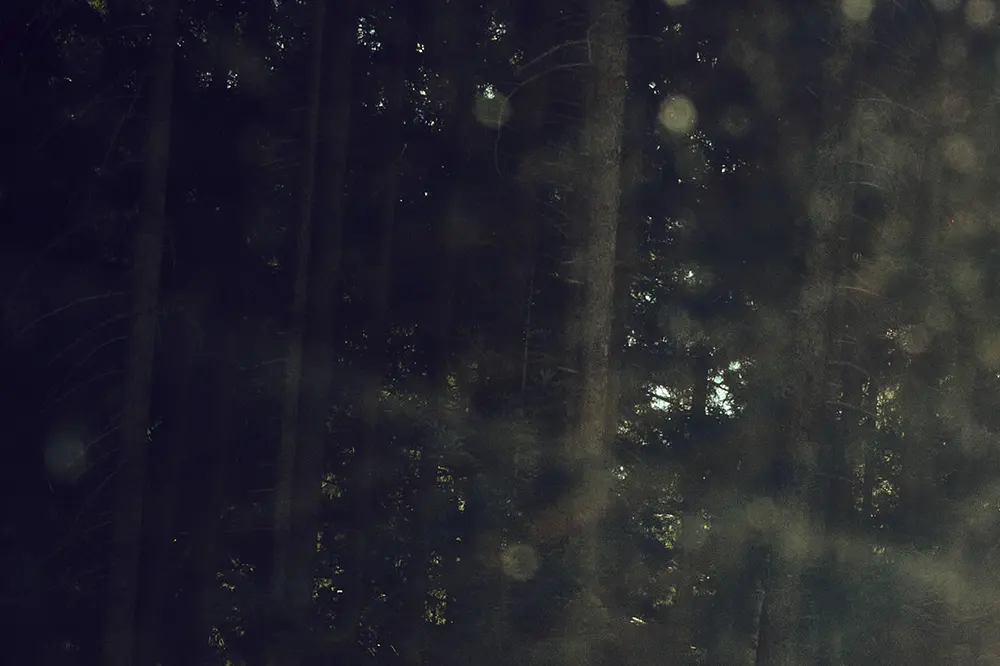
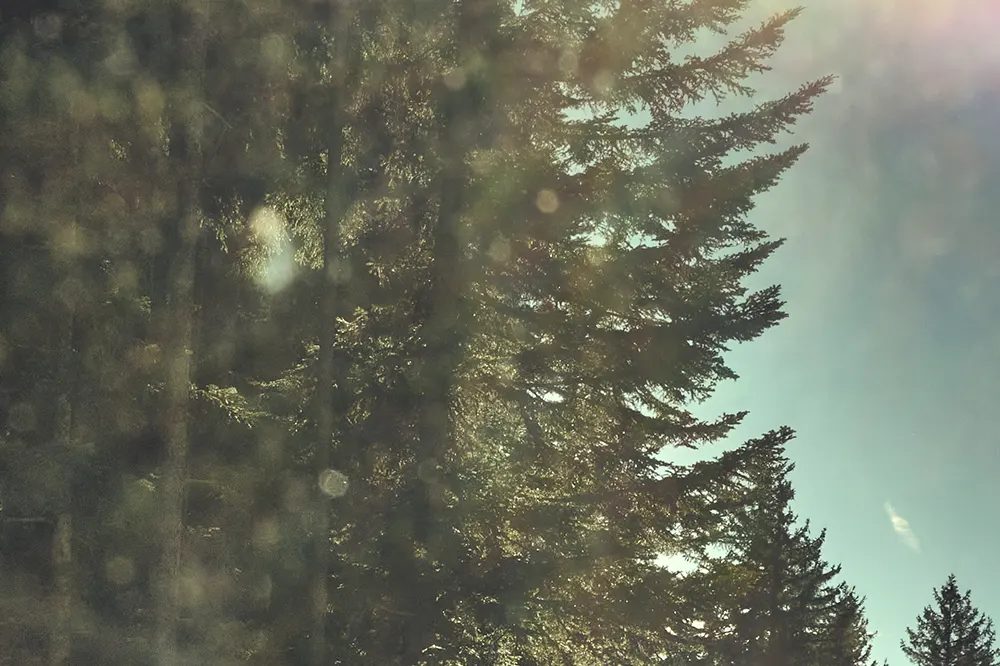
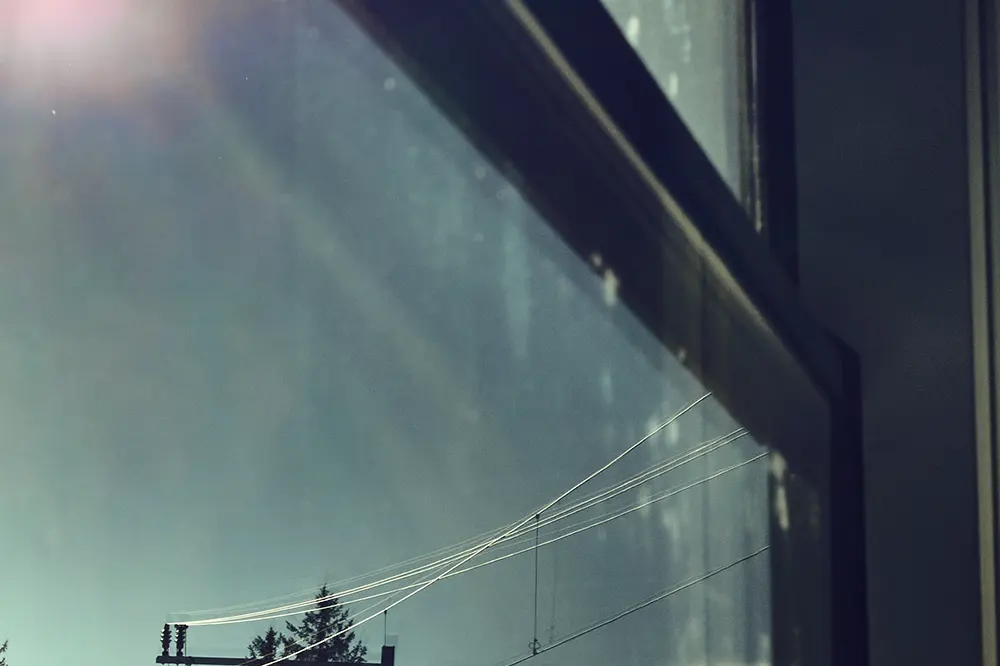
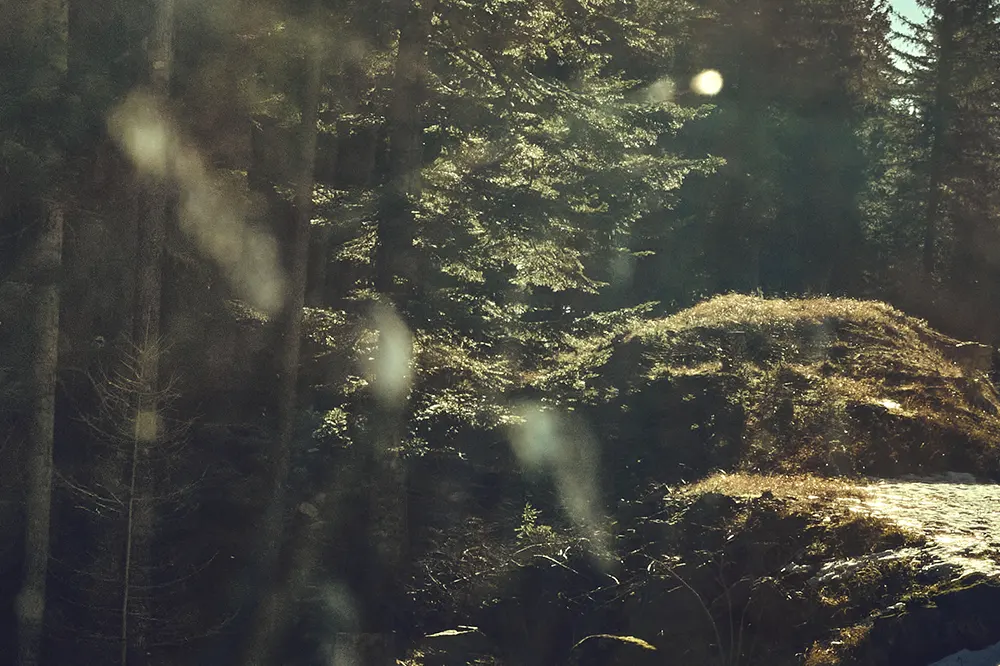
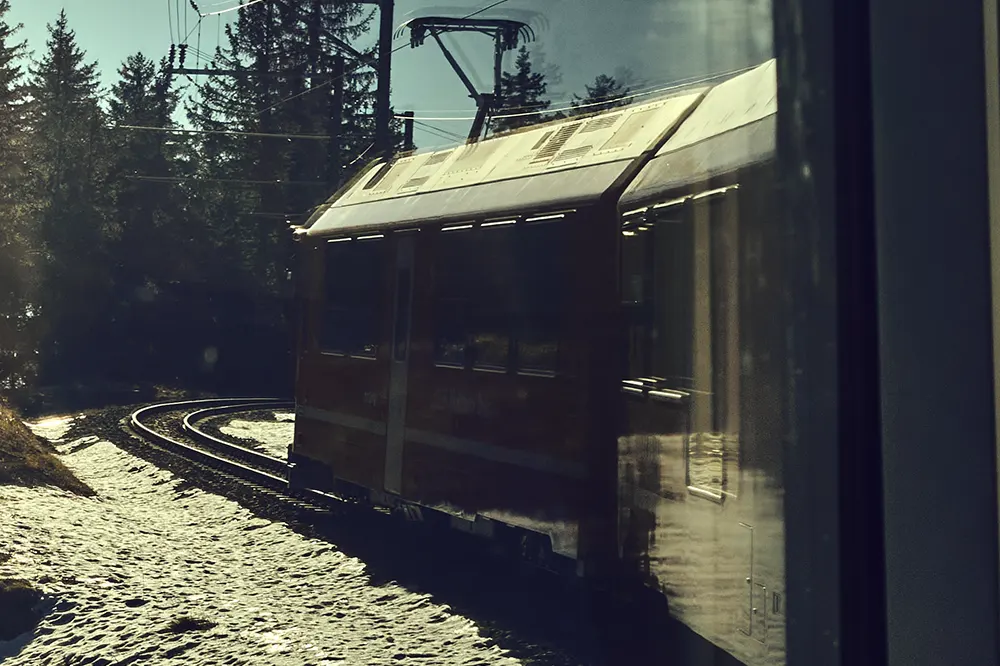
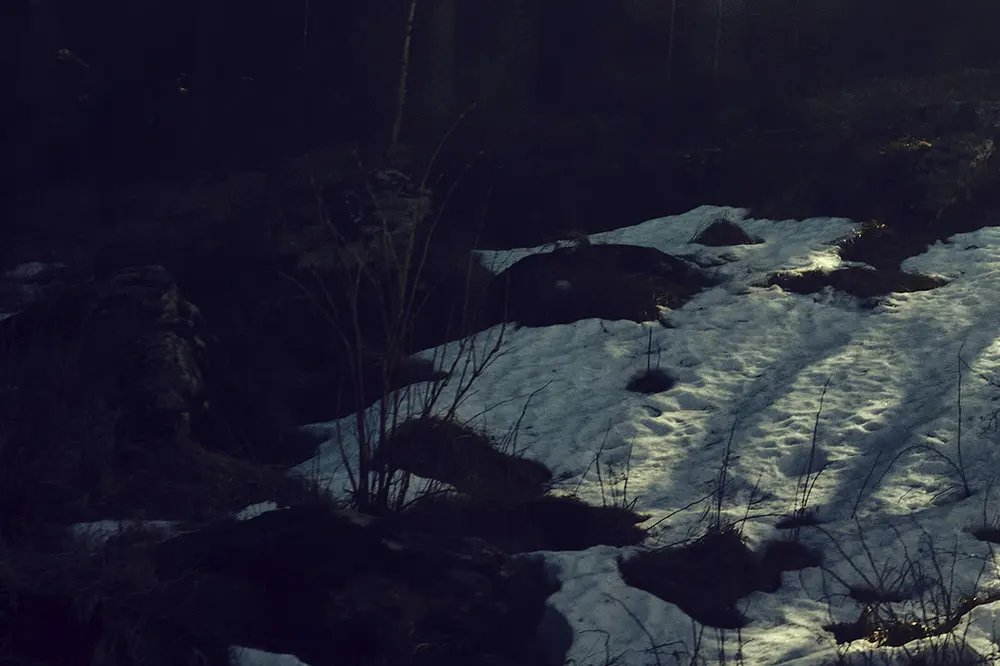
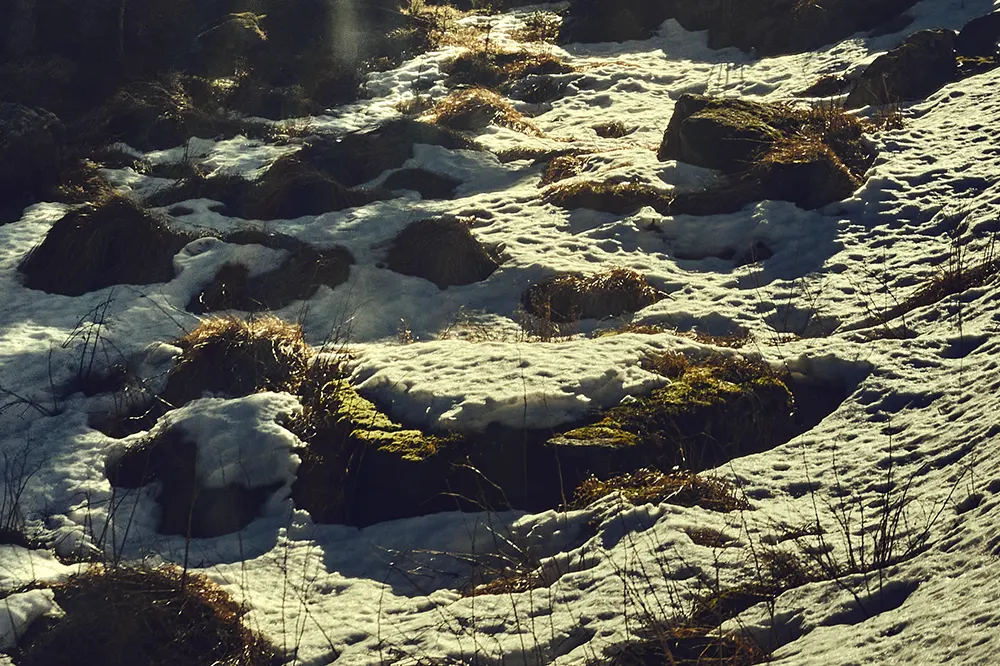
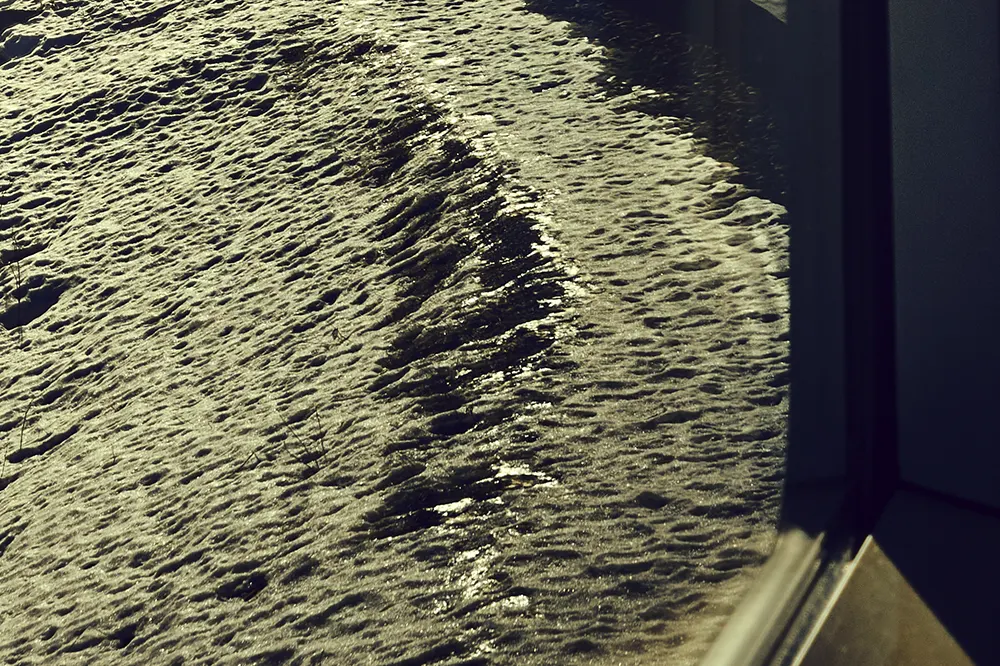
THE BEGINNING
Express
Der Bernina Express, kurz BEX, ist eine internationale Zugverbindung der Rhätischen Bahn (RhB). Neben dem Glacier Express gilt er als einer der touristischen Höhepunkte der Rhätischen Bahn. Die vom Bernina Express befahrenen Strecken Albulabahn und Berninabahn wurden im Sommer 2008 als UNESCO-Welterbe ausgezeichnet.
Der Bernina Express verlässt den auf 585 m ü. M. gelegenen Bahnhof Chur in Richtung Thusis und fährt über die Albulabahn nach Pontresina. Dort wechselt der Zug von der Wechselstromfahrleitung des Stammnetzes auf die Gleichstromfahrleitung der Berninabahn. Bis Ospizio Bernina steigt die Strecke auf eine Höhe von 2253 m ü. M. an und führt anschliessend in mehreren Schleifen über Alp Grüm bergab ins Puschlav. Endpunkt des Zuges ist das nur 429 Meter hoch gelegene Tirano in Italien. Im Jahr 2013 benötigte der Zug vier Stunden und vier Minuten für die 144 Kilometer lange Strecke von Chur nach Tirano.
Ursprünglich war der Bernina Express ein Schnellzug, bevor im Dezember 2012 das – von der Rhätischen Bahn schon länger verwendete – Kürzel BEX auch als Zugskategorie im offiziellen Schweizer Kursbuch definiert wurde.[1] Seit Dezember 2019 wiederum läuft er unter der Kategorie Panorama Express (PE), die neben dem Glacier Express auch den Gotthard Panorama Express umfasst.
